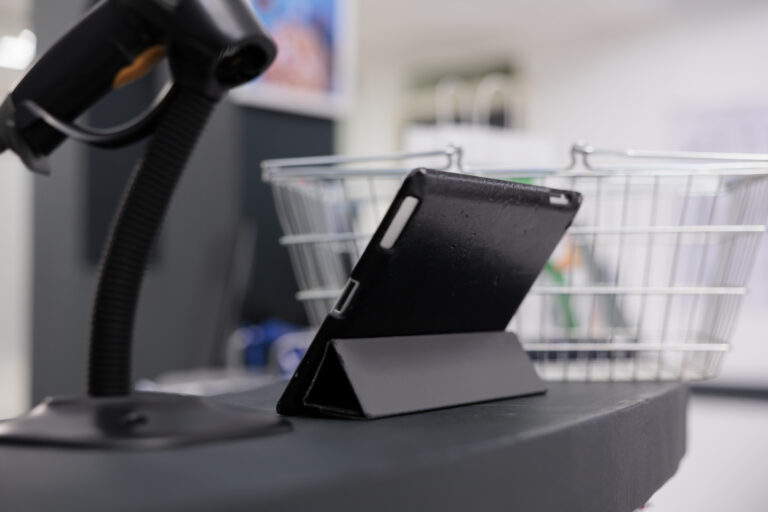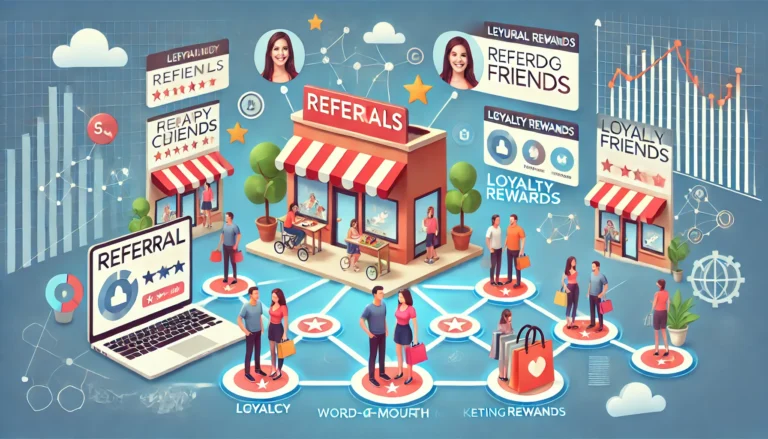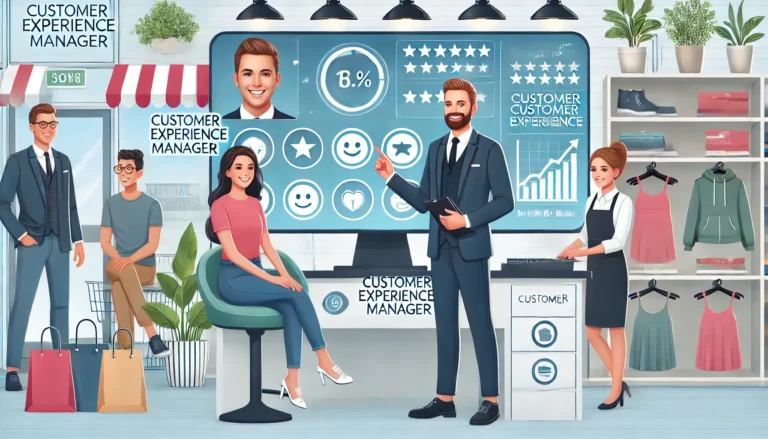What sets the best brands apart from the rest? It’s not just about sticking to the same old playbook; it’s about embracing change and riding the waves of new trends.
One such wave that has surged recently is Omnichannel Marketing. When the pandemic swept through, online shopping became the norm. Yet, contrary to predictions, people didn’t entirely abandon physical stores post-pandemic.
But here’s the twist: shopping habits have shifted. Customers now crave a seamless experience that blends both online and offline realms – a whopping 70% of shoppers spend more with brands that ace omnichannel strategies.
For retailers aiming to stay relevant and thrive in this shifting landscape, understanding the power of omnichannel marketing is crucial.
Understanding Omnichannel Marketing
So, what’s the secret sauce of omnichannel marketing?
Many brands think merely having a presence across various channels and tossing out promotions will cut it. But it’s not that straightforward. Sure, you might land in your customers’ inboxes, but let’s face it those promos often end up in the Promotions tab, rarely to be seen.
Omnichannel marketing takes it up a notch. It’s about sending your customers targeted, personalised, and relevant promotions. Picture your local grocery store – the manager knows your usual picks and quantities. Omnichannel marketing does that but on a grand scale.
It revolves around putting the customer at the heart of your strategy, engaging them across a myriad of digital and physical touchpoints, and ensuring a seamless journey across all channels. So as customers switch between channels, data follows suit, crafting a consistent, on-brand experience from start to finish.
Instead of bombarding customers with promos for items they couldn’t care less about, you’re hitting them with offers like, “Here’s 10% off on something that perfectly complements your recent purchase.”

The key components of a successful omnichannel marketing strategy
1. Seamless Customer Experience Across All Channels (Online and Offline):
A successful omnichannel strategy guarantees customers a smooth and consistent ride across all touchpoints, be it online or in-store.
Regardless of how or where customers engage with the brand—whether it’s the website, mobile app, social media, or in-store—the experience remains cohesive and unified.
For instance, customers should seamlessly transition from browsing online to picking up their purchases in-store if they so desire.
Here’s how some touchpoints can pave the way for a seamless retail journey:
- Store Assistant Interaction: Engaging digital store assistants offers insights into customer preferences and purchasing intent. This in turn gives retailers an insight into customer preferences and purchasing intent.
- Digital Receipts: Beyond cutting paper waste, digital receipts serve as vital touchpoints. They offer insights into purchased items, transaction details, and customer preferences while serving as avenues for promoting relevant products and offers based on past purchases.
2. Integration of offline and online channels
A robust omnichannel strategy hinges on integrated data and communication channels to provide a unified view of the customer.
By consolidating data from various touchpoints—online purchases, in-store transactions, mobile app usage, and social media interactions—retailers gain valuable insights into customer behaviour and preferences.
3. Personalisation and Targeting
Leveraging past purchase behaviour helps tailor recommendations and offers to individual customers, enhancing the relevance and effectiveness of marketing efforts.
The Role of Analytics in Omnichannel Marketing
While omnichannel marketing sets the stage, it’s analytics that steals the show.
Omnichannel analytics delves into customer behaviour and preferences across various channels, offering retailers a holistic view of their customers.
With omnichannel analytics, retailers get a complete picture of their customers. It goes beyond just website clicks. It tells you when they visit your store, what they buy, and even if they’re part of your loyalty program.
Some metrics include website visits, page views, online and in-store purchases, store visits, loyalty program status, and more!
Why is collecting in-store data challenging?
Collecting in-store data is challenging in comparison to online data acquisition strategies. While online platforms have the luxury of tracking website visits, monitoring social media interactions, and analysing email engagement, the dynamics shift dramatically within physical retail spaces.
Unlike their online counterparts, customers stepping into brick-and-mortar stores aren’t immediately prompted to input personal information. They can browse, select items, complete purchases, and exit the store without any data exchange. This voluntary nature of interaction poses a significant challenge for retailers aiming to gather valuable insights about their in-store customers.
Moreover, customer behaviour in physical stores is more spontaneous and less predictable compared to online behaviour. This unpredictability further complicates the task of collecting meaningful in-store data.
To truly understand their customers, retailers need to step up their in-store data collection efforts. It could be their only reliable source of data in the years to come.
How do you integrate online and offline data?
Understanding and tracking offline conversions is crucial for evaluating the impact of online marketing campaigns. Here are some ways that data can be integrated and unified on a single platform:
- Automated Data Pulling: Software like refive can automatically pull data, notifying your online ad platform when a conversion happens in the physical store. Digital receipts activate tracking pixels, capturing the necessary data.
- API Integration: Integrating APIs links purchase details directly to the ad platform, ensuring precise tracking of online-to-offline marketing ROI and minimizing errors.
- Direct Customer Feedback: Ask customers directly how they heard of the business through feedback forms or surveys to gain valuable qualitative data.
- Special Promo Codes: Using unique promo codes linked to online campaigns effectively tracks offline conversions, although it may impact the bottom line and customer focus.
- Collect Customer Data: Gather customer data at the point of sale or through a loyalty program to reconcile advertising efforts and understand individual interactions on platforms such as Facebook and Google
How can you implement omnichannel marketing for your brand?
Leading brands like Puma and Gusti Leather have embraced omnichannel marketing with game-changing results. With tools like refive, retailers can issue smart digital receipts, gather invaluable customer insights, and fine-tune their marketing efforts for maximum impact.
The result? Satisfied customers, repeat business, and a brand that’s miles ahead of the competition. Get started with refive smart receipts today, to get the insights you need to transform your business, boost customer loyalty, and grow your profits.









